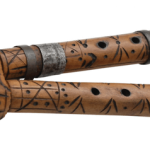TCN’s Filipa Marušić delves deeper into more of Croatia’s UNESCO Intangible Heritage, this time heading to Eastern Croatia…
It seems a lot of Croatia’s UNESCO intangible heritage is related to singing – TCN already wrote articles on Klapa a capella singing, two-part singing on Istrian scale, but also some heritage which includes songs like Za Križen, the festivities of St. Blaise, the Bell ringers Pageant, the Spring procession of Ljelje and Silent Circle. The subject of intangible heritage in this article will say more about another very special and very popular way of singing – Bećarac from Eastren Croatia (Slavonija, Baranja, Srijem).
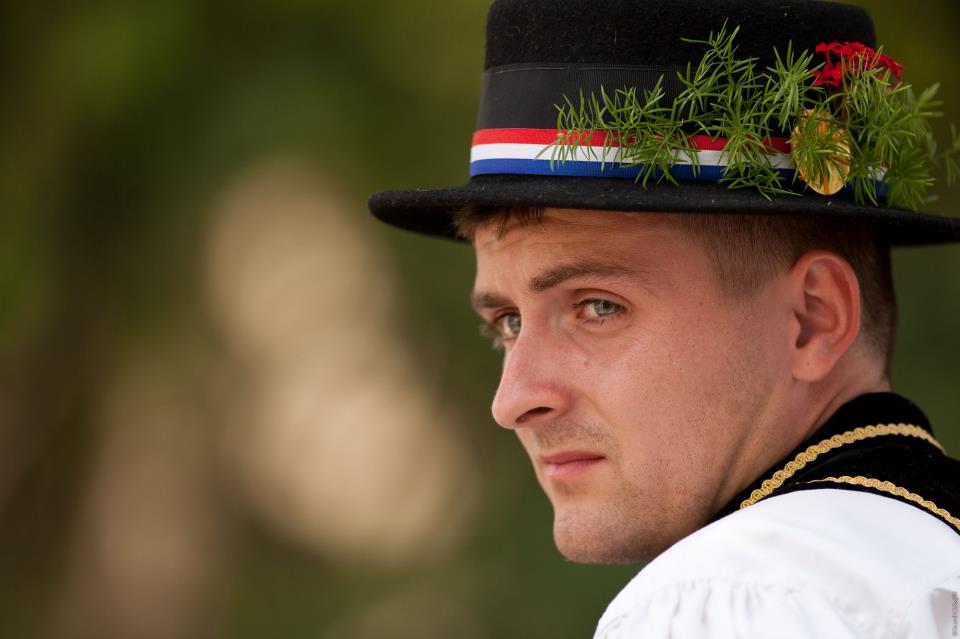
This type of singing used in events such as weddings and similar special occasions, it is well known for its provocative lyrics that are usually made up by the singers as they sing. UNESCO recognised this heritage even though the language used is Croatian.
The name “Bećarac” comes from the Turkish word ”bekar” which and a means young unmarried man, or Bekrija, meaning a cheerful person who loves food, wine and women. The people who sing Bećarac are usually popular and funny to the audience. The lead singers of Bećarac enjoy a particularly special admiration and status within their communities – they usually have a pleasant and powerful voice and a wide repertoire of old and new songs, all while being witty with making up new verses. The instruments that follow this way of singing are usually folk instruments, like tambura (chordophone) or an accordion and fiddle.
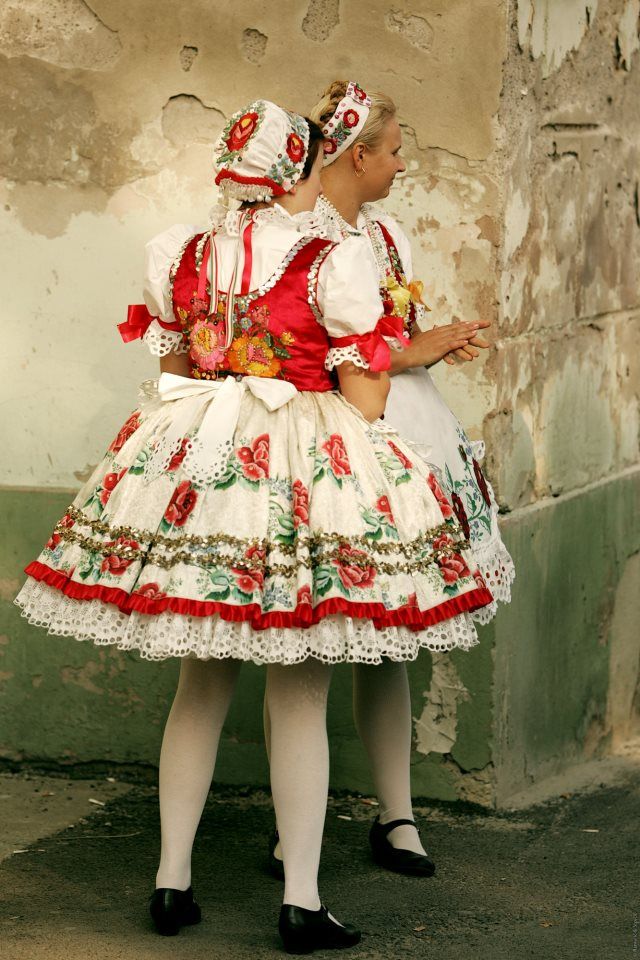
Bećarac as special way of singing is preserved by the people and musicians who use it. The famous ensemble LADO uses Bećarac as part of its choreography and as a special musical number. In addition, it is often sung on their informal meetings as this way of singing is quite informal and it sometimes comes spontaneously. It has almost become a widely recognisable trademark for Eastern Croatia. It can also be found in Vojvodina, Lika, Banovina and even in Herzegovina but in a slightly different form.
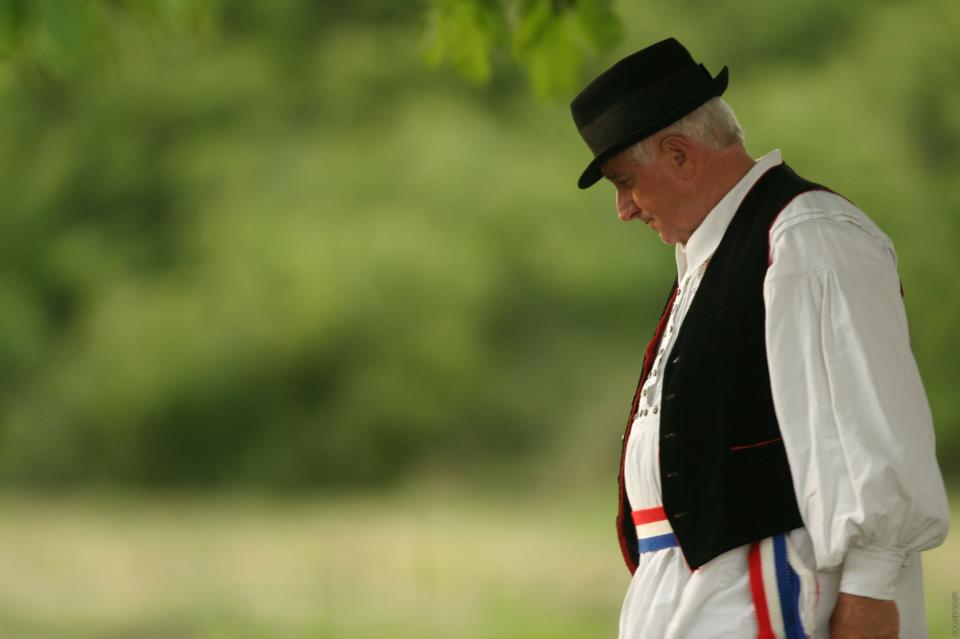
The songs are sung as one lead singer starts the song, and then the rest of the singers follow his song in two-part or three-part singing. Usually Bećarac has only male singers but women sometimes join in as accompanying vocals. The significance of these songs is in its decasyllabic verses – there are a lot of variations for each song. This is perfect for word-play which makes the repertoire of the songs different.
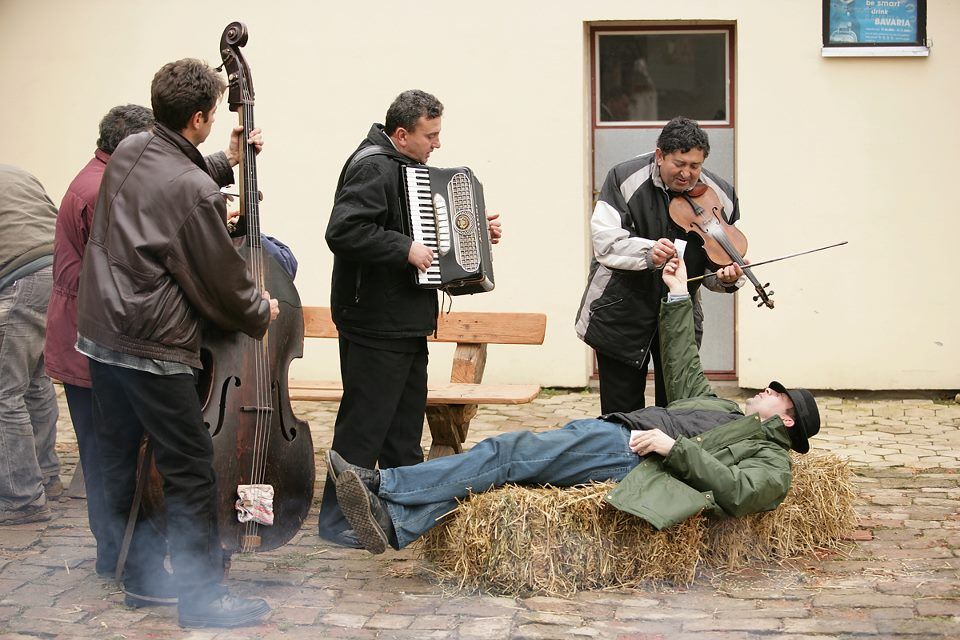
The first verse of the song is usually provocative, taunting, mocking while the second is humorous antithesis to the first, remaining fresh and entertaining to the listeners. This is perfect for events like weddings and special occasions where Bećarac fits in perfectly.
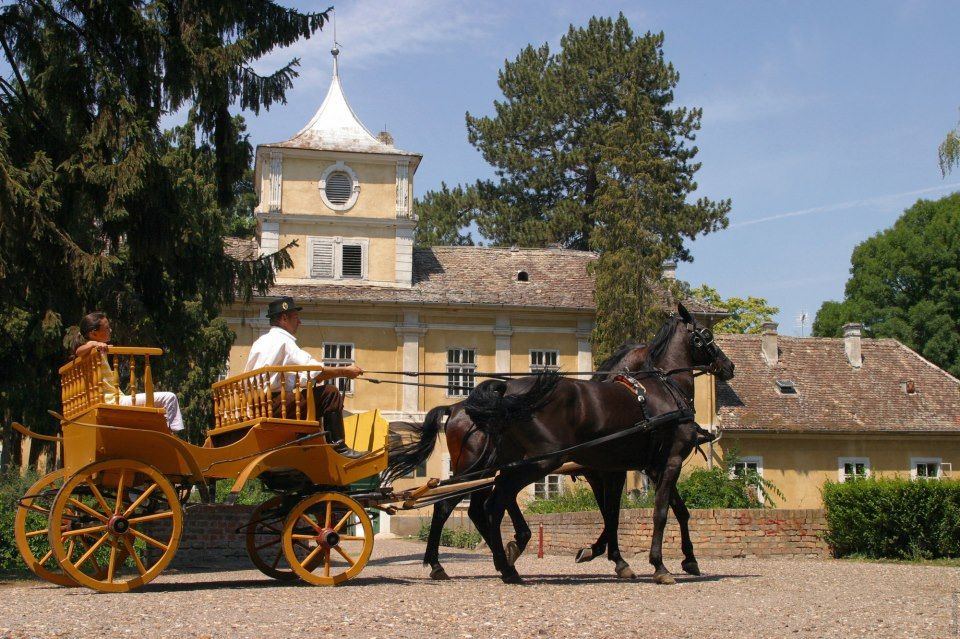
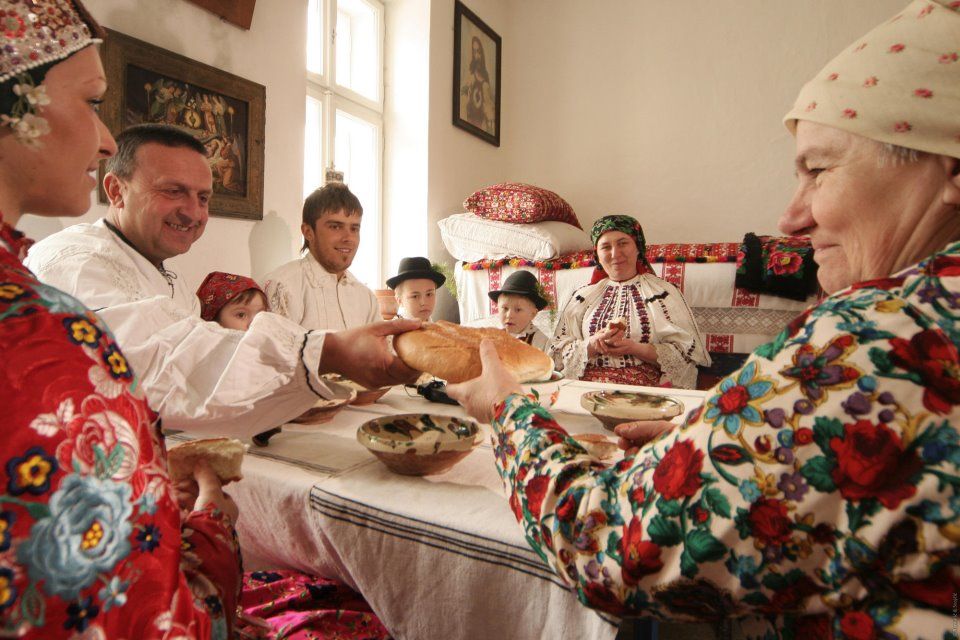
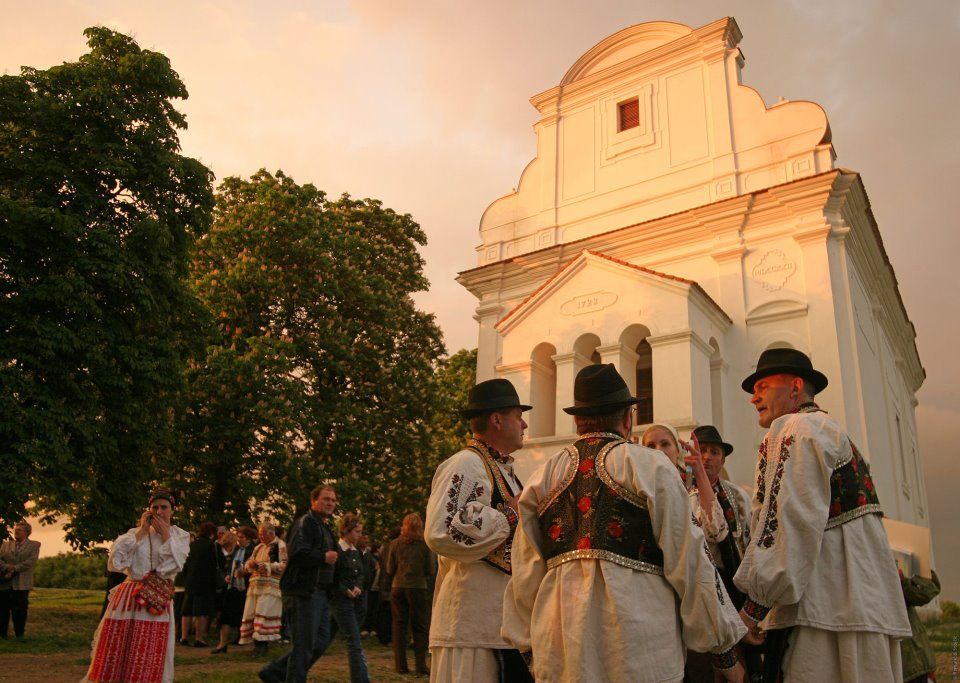
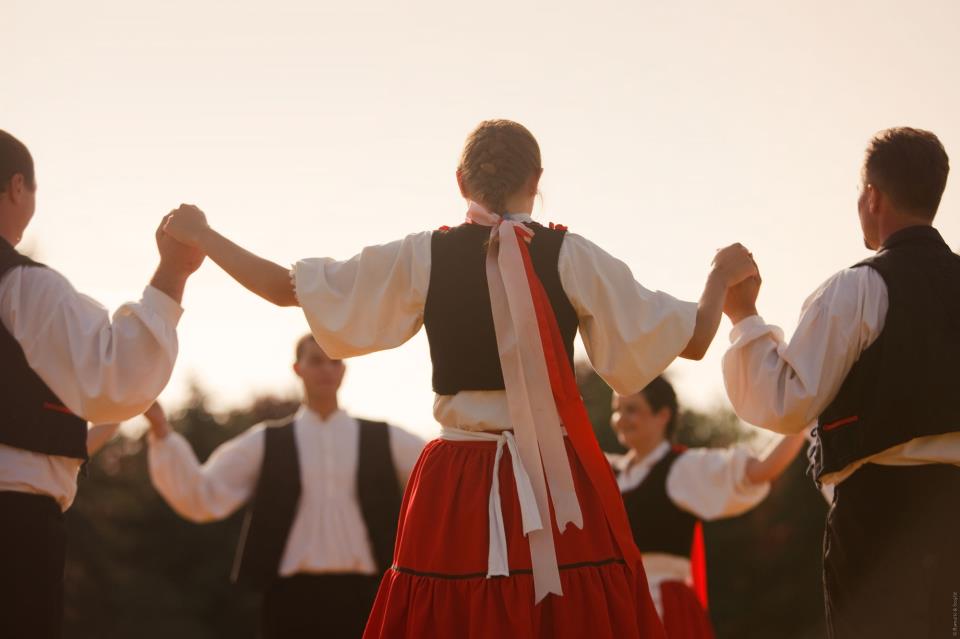
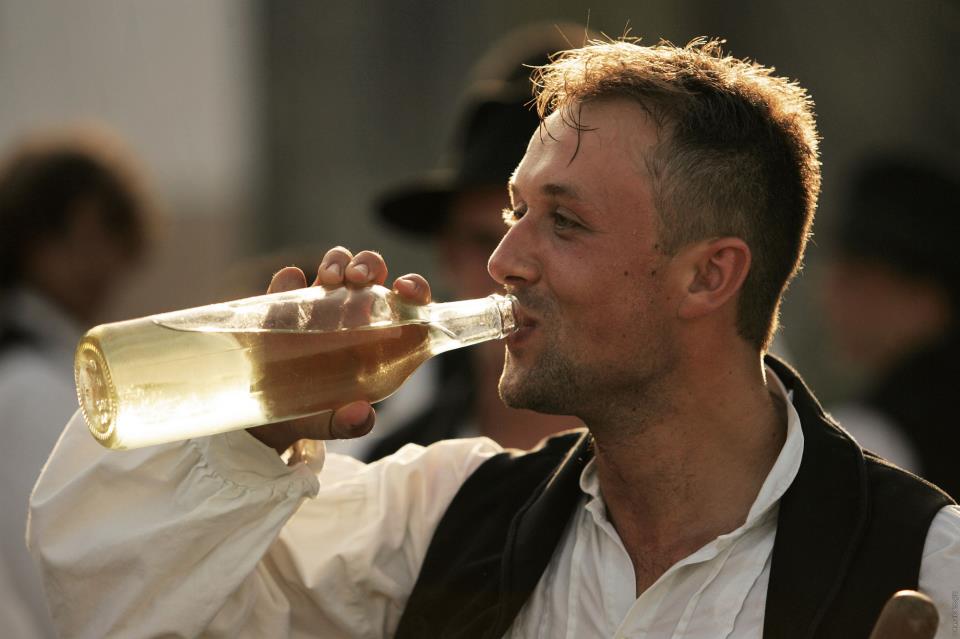
SOURCE: Ministry of Culture, Culturenet, Šokački portal, Tourist Board of Osijek-Baranja County



